Warm, sunny weather has at last returned to the great Northwest; no rain in the forecast for almost another week. Time to get out the shorts and sun tan lotion. Our wildlife is happy for the change in environmental conditions as well. Goldfinches, grosbeaks, rufous hummingbirds and a lovely assortment of avians are returning to feeders and forests everywhere. Black bears are in the news trespassing in backyards, breaking into stores, and climbing trees all over the place. Then we have our not so cute – but utterly fascinating arrivals – the insects. I doubt that any animal is as keenly attuned to changes in the weather as these animals. The big carpenter ants are out and about and soon you will see their winged females looking for the ideal location to begin a new colony. Termites are on the lookout as well.
Take a sample of just about any still water right now and you’ll find mosquito larvae. Look closer and you’ll find any number of their fascination companions like this aquatic worm and this tiny amphipod that scoots around with amazing speed.
But the insects that inevitably get the most attention are the biting insects. So when you’re out selecting the perfect sun tan lotion you may want to consider some repellant as well. We are fortunate, however. Our mosquitoes, black flies, “no see ums,” and other pests are not nearly so bothersome as they are in other parts of the country. Thanks to our relatively cool year round weather these insects are not under the intense pressure in places like Alaska, for example, with its short bouts of hot weather in the summer. Anyone who has spent a summer up there is undoubtedly familiar with the incredible explosion of mosquitoes in the far north.
We do have our share, though. Mosquitoes and black flies are about the most notable. Hardly a surprise. With thousands of mosquito species worldwide and nearly 200 different kinds in the US alone, we are bound to get our share. In fact we have about 50 different species.
Gaze down at the rocks of a stream and you may notice thousands of little black things wiggling in the current. Those are black fly babies just waiting for the chance break out and taste you.
Black flies are another source of annoyance. They have about half the worldwide distribution of species as their mosquito cousins and not nearly as many here as in other parts of the country. I’ve been to a locations on the East coast from New York to Georgia where these little insects can make you crazy. Also called gnats these insects prefer running water for their little ones instead of the quiet, stagnant pools loved by mosquitoes.
We are fortunate in one other aspect of our black fly and mosquito population as well. Although both of these insects are notorious disease carriers we do not have a serious problem in the Northwest, although there have been outbreaks of Equine Encephalitis and West Nile Virus. Mosquitoes that carry the infamous Zika virus have not made it here to date.
References:
Washington Department of Health
Wikipedia
National Wildlife Federation – Field Guide to Insects and Spiders of North America
National Audubon Society – Field Guide to the Pacific Northwest
<
>

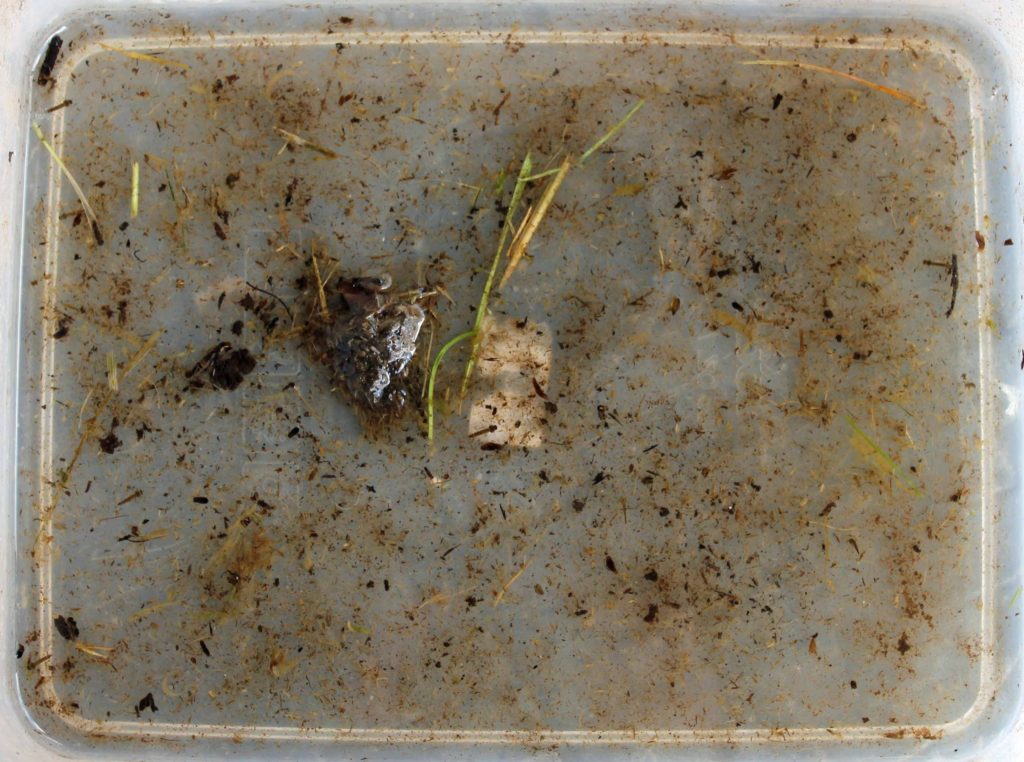
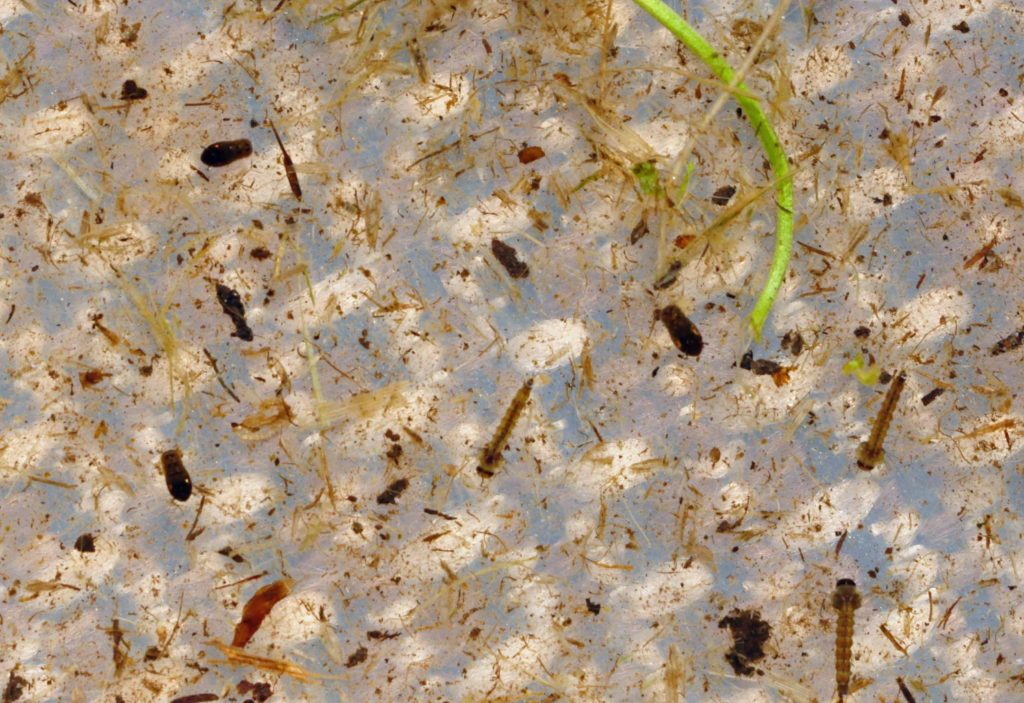
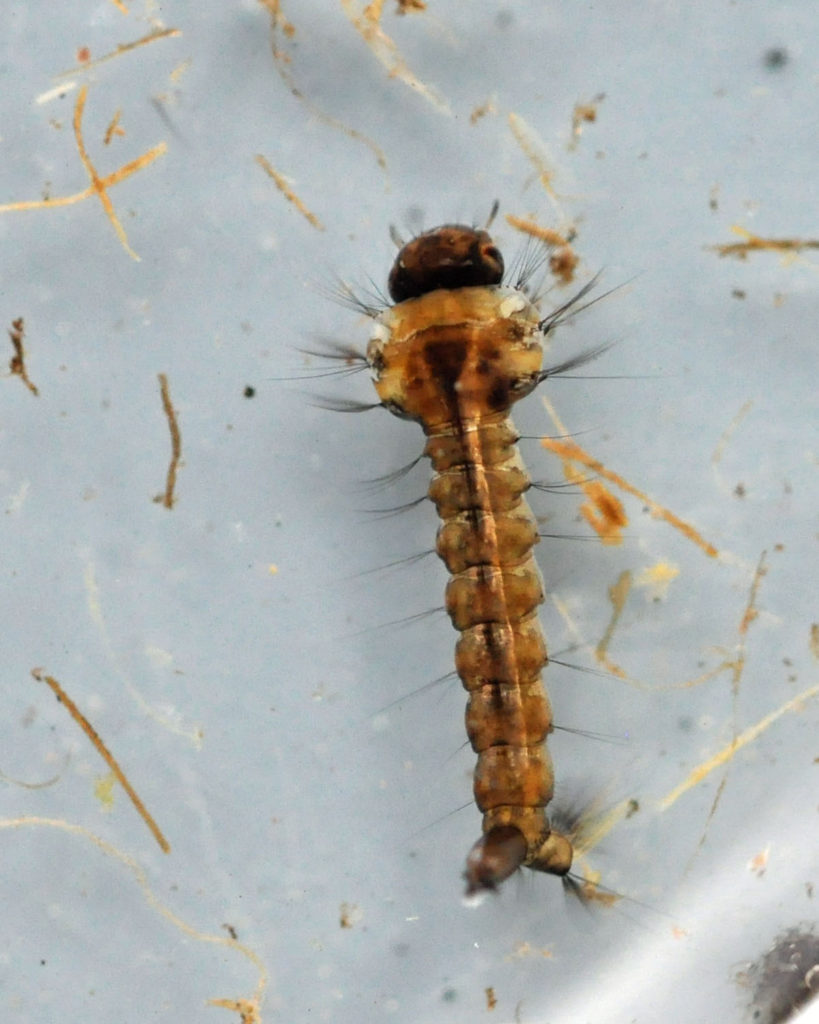
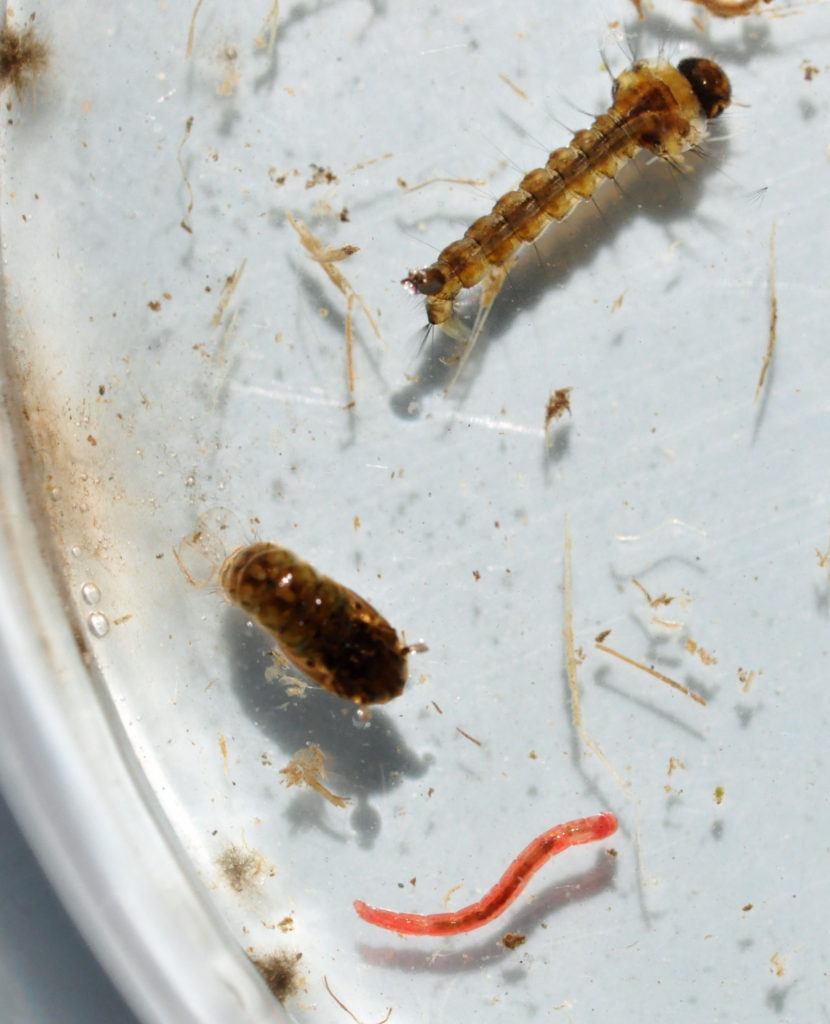
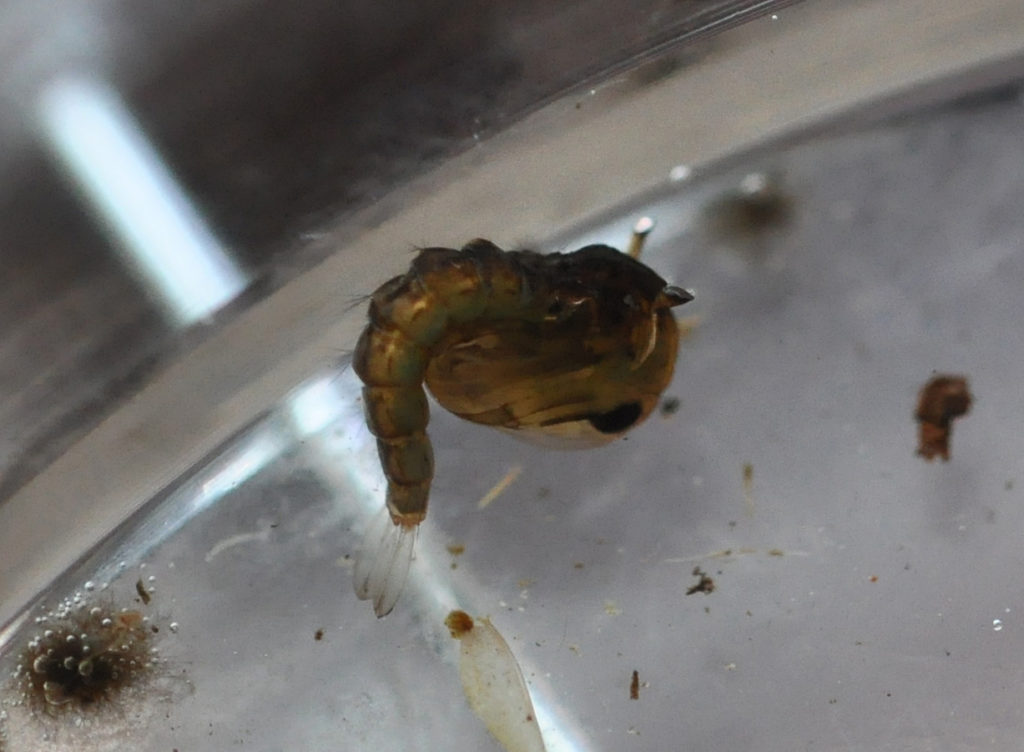
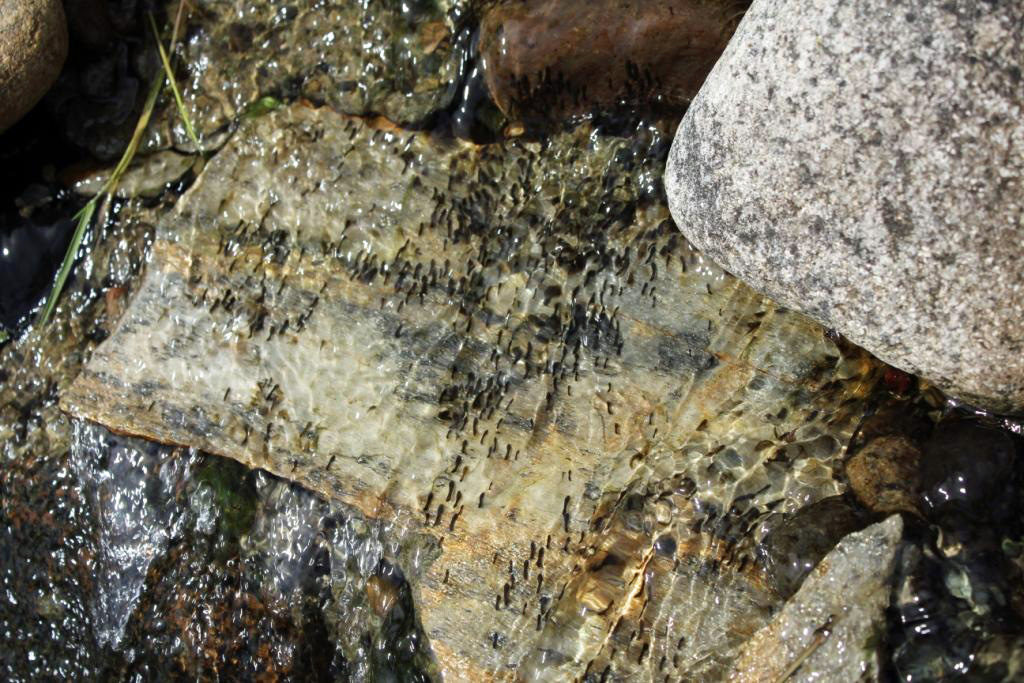

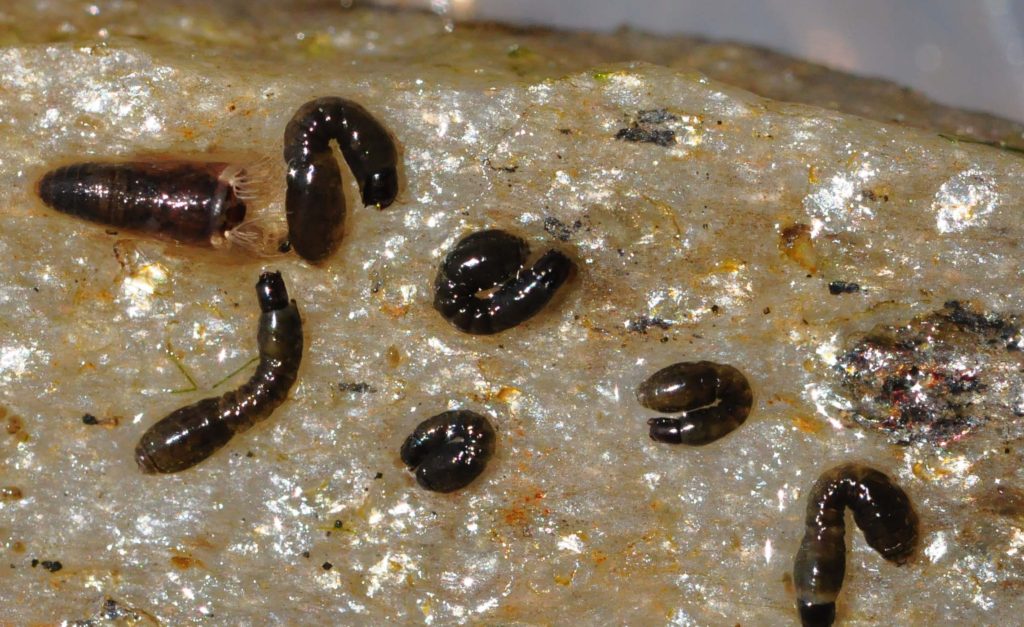
Leave a Reply
You must be logged in to post a comment.